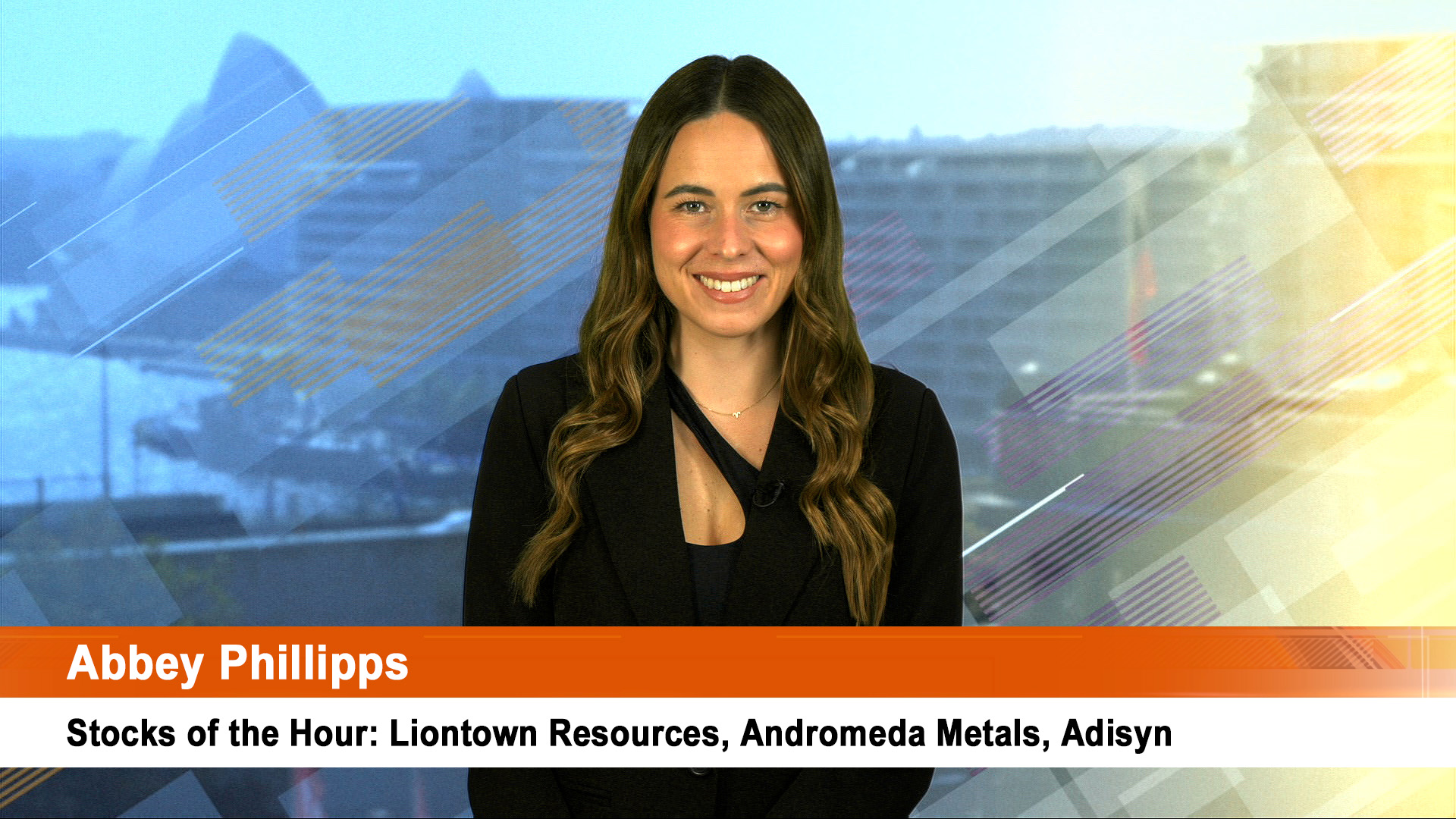As good as Wesfarmer’s results were for the 2010-11 financial year, with a 23% lift in after tax earnings; let’s pause for a moment to put them in some perspective.
The company revealed yesterday that net profit rose to $1.922 billion for the 12 months to June 30 from $1.56 billion a year earlier
And revenue increased 6% to $54.875 billion.
But in the year 2009-10 financial year, Woolworths earned $2.020 billion on nearly $52 billion of revenue, and for the 2011 year we know it’s looking for an extra $180 to $200 million in net profit this year off already declared sales revenue of $54.1 billion.
So Woolies could reveal a net profit of around $2.2 billion when it announces its 2010-11 results next Thursday.
And Woolies got all its revenues and profits from retailing, gaming and hotels, unlike Wesfarmers which has a retail heart in Coles Group, surrounded by the immensely profitable coal division, plus its other businesses, including the one underperformer this year, insurance.
But the Wesfarmers’s result came in the face of floods, earthquakes and higher coal costs and lower coal sales in the second quarter, so it was a very good performance.

Second half net profit of $749 million was up 9.1% from $686 million a year earlier and it should have been closer to $1 billion except for the impact of the floods in Queensland, Cyclone Yasi and the NZ quake.
That was after a 33% rise in first half earnings in the six months to December.
The company lost coal sales worth hundreds of millions of dollars alone in the second half from the flooding and lower production at its Curragh coking coal operation in Central Queensland.
The company lifted total dividend for the year to $1.50 a share from $1.25 with a higher final of 85c a share (70c in 2010). That was after a higher interim of 65c a share, up from 55c.
The shares hit a high for the day of $31.29, but fell back to end up 11c at $30.41 in a market that fell 1.2% thanks to an afternoon sell-off.
Woolies shares settled down 13c at $26.81. Woolies is on track for a rise of up to 8% – 14% for the full year (on a before interest and tax basis).
Earnings Before Interest and Tax at Coles were up 21.2% for the year to $1.166 billion, Officeworks was up 8.1% to $80 million, and Kmart was up 4.1% to $204 million.
Target though saw earnings drop 26% to $280 million because of the slowdown in retail spending in many areas of specialty retailing: Target is a specialty discounter.
Bunnings, the hardware chain and the heart of Wesfarmers’ original retailing business, lifted earnings 10.2% to $802 million for the year.
The resources division, which is mainly the Curragh coal mine (with an investment in other coal mines) lifted earnings 123% to $369 million in the year to June to become the second most profitable part of the business.
But for the sales loss of around 1.5 million tonnes (worth an estimated $400 million), the coal division would have easily lifted profit close to $600 million for the year.
Total retail EBIT rose 8.2% to $2.532 billion from $2.34 billion in 2009-10.
That was on a 5.4% rise in revenue, so margins grew during the year by a solid amount.
The group says it remains positive in its outlook, subject to any adverse shocks from a fragile global economy.
"In the period ahead it is expected that the current phase of strong capital investment, helping to drive greater market presence of the group’s operating businesses, will strengthen financial performance," the company said in the statement.
Managing Director Richard Goyder said the Group’s result reflected a strong performance during a year affected by natural disasters and a subdued retail trading environment.
"It is pleasing to report solid earnings growth across the Group’s retail divisions, ahead of sales growth. During the period all of our retail businesses have reinvested to deliver improvements in value, quality and service. This investment continues to be rewarded by increased customer transactions and volume growth across all retail brands," Mr Goyder said.
"Insurance earnings were reflective of the high claims environment associated with natural disasters experienced during the year as well as increased reinsurance reinstatement expenses.
"The Group’s industrial divisions recorded a strong performance with earnings significantly up on last year, despite the Resources division’s result being negatively affected by the impact of record wet weather, flooding and associated groundwater inflows on production and costs.
"Strong capital expenditure across the Group reflects the depth of growth initiatives underway as we continue to invest in strengthening retail networks and expanding production capacity in the Resources and industrial divisions.
"The Group’s retail businesses are well-placed given the strong foundations and improvement plans in each division targeted at improving the customer offering, driving operational efficiencies and reducing costs of doing business.
"The performance of the Insurance division is expected to improve, assuming a non-repeat of this year’s unprecedented number of catastrophe events, given the strong remediation work completed in underwriting and growth in premiums from new initiatives, as well as continued expansion of broking networks.
"The industrial businesses growth outlook remains













